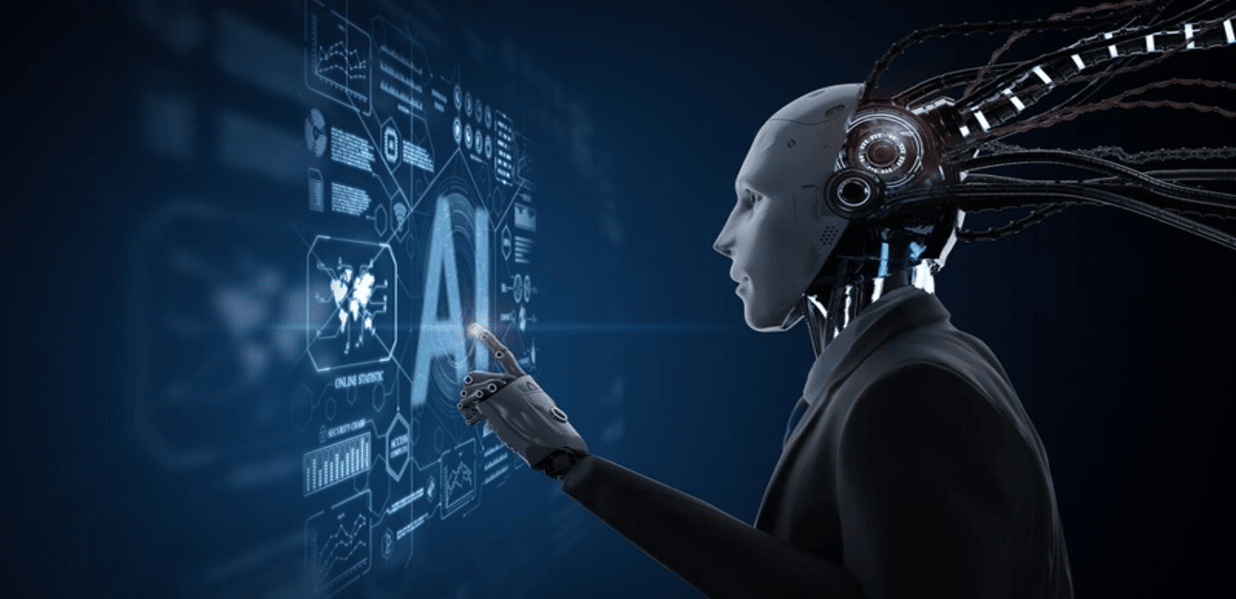


The interesting topic of machine learning has been transforming various global industries and applications. The possibilities of machine learning are endless, ranging from picture identification to natural language processing. Let's say you want to explore this fascinating technological area. In that case, this blog will give you the fundamental information about machine learning development that you require if you're an enthusiast or businessperson in the field.
It is the process of creating, installing, and configuring machine learning models to carry out particular tasks and arrive at conclusions or predictions based on data-driven patterns and insights. It is an essential component of artificial intelligence (AI) that gives computers the ability to learn and get better without having to be explicitly programmed.
Explicit instructions are typically written by programmers to guide a computer on how to carry out a task. In contrast, the goal of it is to teach the computer how to make accurate predictions or judgments by feeding it relevant data. Data collection, data preprocessing, model selection, model training, evaluation, and deployment are just a few of the processes that make up the process.
Also Read: How To Choose Machine Learning Models For Your Businesses
Gathering pertinent and excellent data from multiple sources is the first stage. The performance of the machine-learning model is highly impacted by the number and quality of the data.
Raw data can have missing values or outliers and is frequently noisy. To get the data ready for model training, preprocessing entails cleaning it, dealing with missing values, and normalizing or scaling the features.
Making the appropriate model architecture or machine learning algorithm choice is crucial. The decision is based on the properties of the data as well as the nature of the task (classification, regression, clustering, etc.).
The machine learning model is exposed to the prepared data during the training phase. By modifying its internal parameters to reduce prediction mistakes or improve task performance, it learns from the data.
A different collection of data, referred to as the test set or validation set, is used to assess the model's performance after training. The model's ability to generalize to fresh, untested data is assessed in this step.
When the model performs satisfactorily, it is put into production to create forecasts based on fresh data. The model may need to be deployed by being integrated into a bigger system or by being made available via an API for real-time forecasts.
To ensure that they function successfully over time, machine learning models need to be continuously monitored. As fresh data become available or as the model's performance declines, they can require retraining on a regular basis.
Also Read: 9 Stages of the Machine Learning Development Life Cycle with Infiniticube
Machine learning is created through a methodical, iterative process that includes several steps, from model development to problem understanding. Here is a detailed explanation of the machine learning development process:
Also Read: Do You Know These Important Aspects of Machine Learning Development Process
A type of machine learning called supervised learning involves training the model on data that has been labeled, which means that the input data has corresponding target labels or outcomes. The algorithm develops the ability to link input features to the appropriate output labels during training. The objective of supervised learning is to develop a mapping function that is able to predict the right result from brand-new, illuminating data.
Speech recognition, sentiment analysis, spam detection, and image classification are a few examples of supervised learning's typical applications.
Unsupervised learning entails building the model using unlabeled data when the input data lacks target labels. The algorithm's goal is to identify structures, correlations, or patterns in the data without being told specifically what to look for.
Unsupervised learning is frequently used for clustering and dimension reduction. While dimensionality reduction techniques streamline data representation by reducing the number of features, clustering algorithms put related data points together.
A type of machine learning called reinforcement learning teaches an agent to decide by interacting with its surroundings. The agent learns to conduct activities that maximize the cumulative benefit over time by receiving feedback in the form of rewards or penalties based on its actions.
When an agent needs to learn how to play games, operate robots, navigate through a complex environment, or make strategic decisions, reinforcement learning is frequently used.
Also Read: 2023’s Latest Trends in Machine Learning Development Company Services
You've successfully completed our tour through the intriguing realm of machine learning development, so congratulations! We trust that this blog has given you a firm foundation and the knowledge you require to go out on your own travels in this quickly developing subject.
We've examined the underlying ideas behind machine learning throughout this exploration, as well as the many processes that go into its creation and the three main categories of learning algorithms: supervised, unsupervised, and reinforcement learning. We've seen firsthand how data, the foundation of machine learning, is essential to determining the effectiveness and precision of our models.
You now understand that machine learning development is more than just writing code; it is an inventive and iterative process that calls for in-depth knowledge of the issue domain, data analysis, feature engineering, model selection, and meticulous evaluation. Patience, curiosity and a willingness to learn from both successes and errors are necessary for the trip from unprocessed data to a fully implemented and trustworthy machine learning model.
Also Read: Machine Learning Development Solutions by Infiniticube
Don't allow your company to be held back by unused data potential. Utilize machine learning to improve operations, obtain actionable insights, and improve client experiences.
Let’s take the first step toward a future powered by data. Let us assist you as a machine learning development service provider in maximizing the power of machine learning to revolutionize your company and foster success.
Keep in mind that innovation waits for no one in the fast-paced world of today. Take advantage of the AI revolution right away to help your company reach new heights.
Get in touch with us right away to join the ranks of forward-thinking businesses that are using machine learning to revolutionize their sectors!

Hello there! I'm Jayesh Chaubey, a passionate and dedicated content writer at Infiniticube Services, with a flair for crafting compelling stories and engaging articles. Writing has always been my greatest passion, and I consider myself fortunate to be able to turn my passion into a rewarding career.
Our newsletter is finely tuned to your interests, offering insights into AI-powered solutions, blockchain advancements, and more.
Subscribe now to stay informed and at the forefront of industry developments.